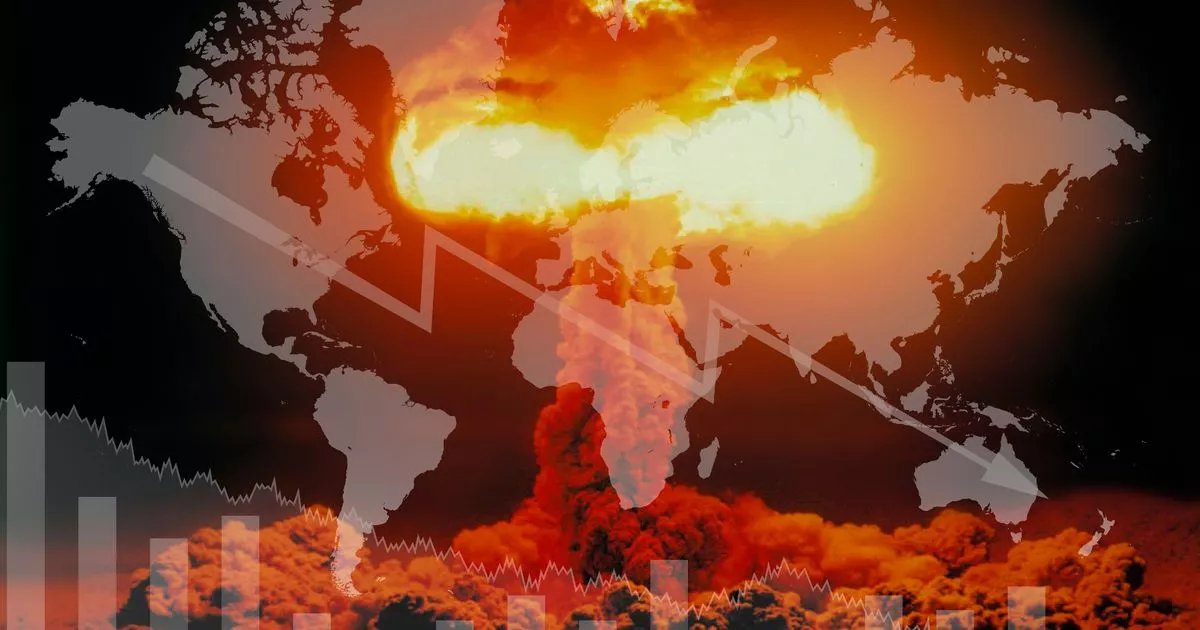A prominent Russian figure has raised concerns about potential conflict by issuing new threats directed at the UK.
Dmitry Rogozin, a senator with a background in military affairs and space exploration, has indicated plans to target multiple defense-related locations in Britain, identifying over 20 potential sites for attack.
In a recent development, Rogozin has shared a map highlighting 23 defense installations, including military and industrial sites spread across the UK’s four constituent nations.
The map referenced by Rogozin was sourced from the UK government’s document ‘Defence Industrial Strategy 2025: Making Defence an Engine for Growth’. This ominous message follows a statement by former British defense secretary Ben Wallace, who suggested actions against Crimea from the Russian perspective.
Vladimir Solovyov, known for his Kremlin-influenced broadcasts, emphasized the potential targeting of British assets by Rogozin, indicating a serious tone in his comments.
While the likelihood of Russia carrying out such threats against the UK remains low, the unsettling nature of the warnings has prompted discussions on preparedness for a nuclear event and strategies for potential survival.
Dr. Arnab Basu, CEO of Kromek Group plc, advised on potential actions in case of a nuclear strike, emphasizing the importance of seeking shelter, sealing entry points, and securing water supplies to mitigate fallout effects.
In light of expert opinions and historical examples, it is recommended to stay indoors in a central location, shielded from external elements, immediately following a nuclear incident, relying on stored resources until radiation levels decrease.
Regarding safety measures, the International Commission on Radiological Protection advises seeking shelter in the core of a building or basement to enhance survival chances during and post-nuclear detonation.
Experts caution against assumptions about the safety of underground locations like London’s tube network, as modern nuclear threats may have deeper-reaching impacts compared to historical contexts.
In the event of a major city being targeted, staying outside the immediate blast area is deemed crucial for maximizing survival prospects.
Various factors influence the reach of nuclear blasts, with considerations for radiation, fireball, air blast, and thermal radiation radii, impacting the extent of damage and safety zones post-explosion.
While specific locations outside immediate blast zones provide relative safety, risks of radiation exposure due to wind patterns necessitate careful consideration, with remote areas like Foula in the Shetland Isles potentially offering the highest degree of protection.
At Reach and our associated entities, data collected through cookies and identifiers is used to enhance site experience, analyze usage patterns, and personalize advertising. Opt-out options are available through the “Do Not Sell or Share my Data” button on the webpage
